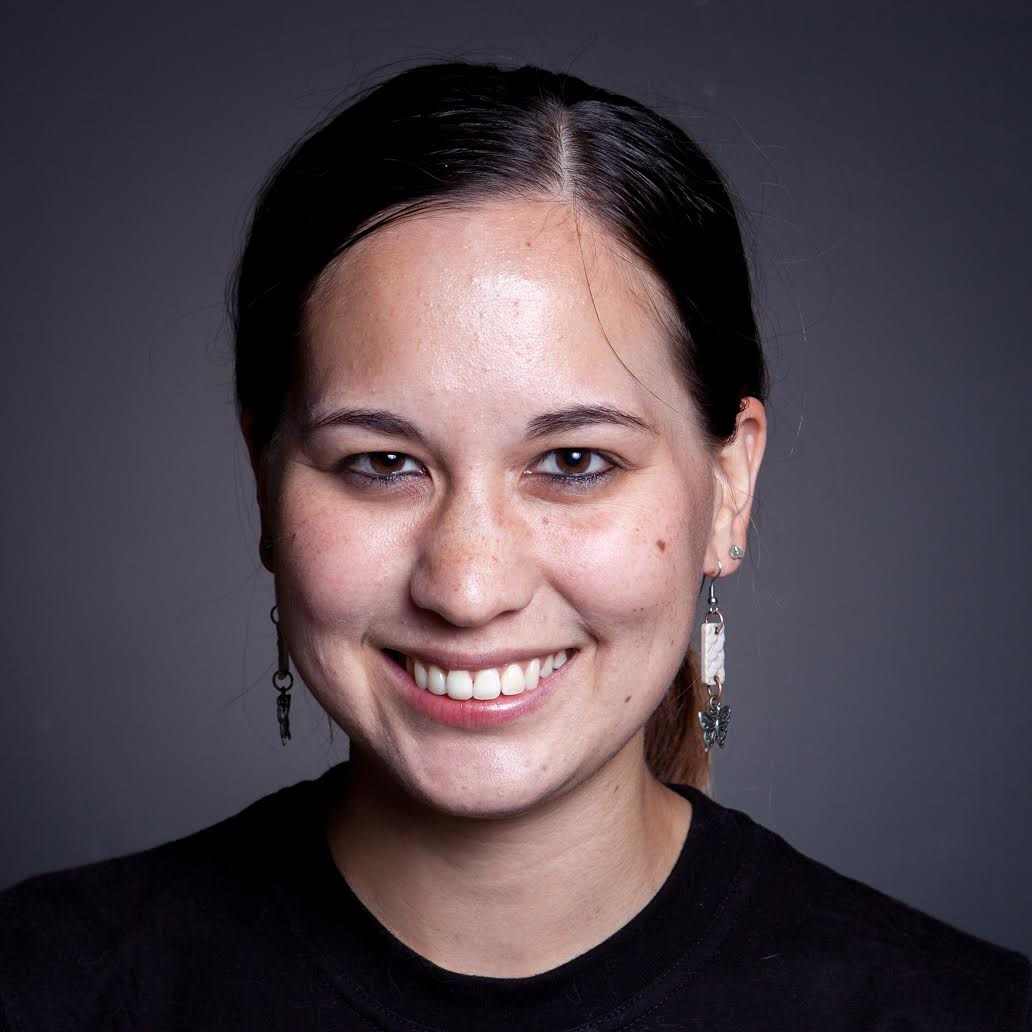Preprint
Article
Teledermoscopy in the Diagnosis of Melanocytic and Non-melanocytic Skin Lesions: Nurugotm Derma Smartphone Microscope as a Possible New Tool in Daily Clinical Practice
Altmetrics
Downloads
171
Views
180
Comments
0
A peer-reviewed article of this preprint also exists.
This version is not peer-reviewed
Submitted:
24 May 2022
Posted:
26 May 2022
You are already at the latest version
Alerts
Abstract
Background Due to the COVID-19 pandemic, teledermoscopy has been increasingly used in the remote diagnosis of skin cancers. In a study conducted in 2020, we demonstrated a potential role of an inexpensive device (NurugoTM Derma) as a first triage to select the skin lesions that require a face-to-face consultation with dermatologists. Herein, we report the results of a novel study that aims to better investigate the performance of NurugoTM. Objectives i) verify whether the NurugoTM can be a communication tool between the General Practitioner (GP) and dermatologist in the first assessment of skin lesions; ii) analyze the degree of diagnostic-therapeutic agreement between dermatologists; iii) estimate the number of potentially serious diagnostic errors. Methods One hundred forty-four images of skin lesions were collected at the Dermatology Outpatient Clinic in Novara using a conventional dermatoscope (instrument F), the NurugoTM (instrument N), and the latter with the interposition of a laboratory slide (instrument V). The images were evaluated in-blind by four dermatologists, and each was asked to make a diagnosis and to specify a possible treatment. Results: Our data show that F gave higher agreement values for all dermatologists, concerning the real clinical diagnosis. Nevertheless, a medium/moderate agreement value was obtained also for N and V instruments and that can be considered encouraging and indicate that all examined tools can potentially be used for the first screening of skin lesions. The total amount of misclassified lesions was limited (especially with the V tool), with up to nine malignant lesions wrongly classified as benign. Conclusions NurugoTM, with adequate training, can be used to build a specific support network between GP and dermatologist or between dermatologists. Furthermore, its use could be extended to the diagnosis and follow-up of other skin diseases, especially for frail patients in emergencies such as the current pandemic context.
Keywords:
Subject: Medicine and Pharmacology - Dermatology
Copyright: This open access article is published under a Creative Commons CC BY 4.0 license, which permit the free download, distribution, and reuse, provided that the author and preprint are cited in any reuse.
MDPI Initiatives
Important Links
© 2024 MDPI (Basel, Switzerland) unless otherwise stated












